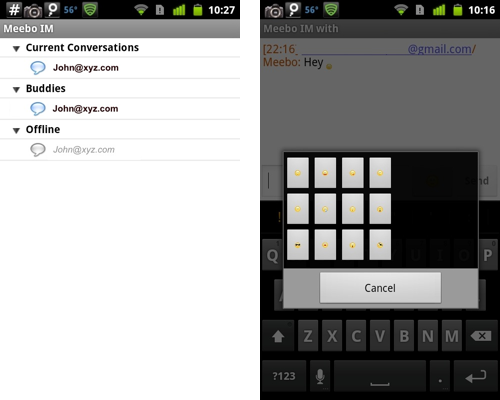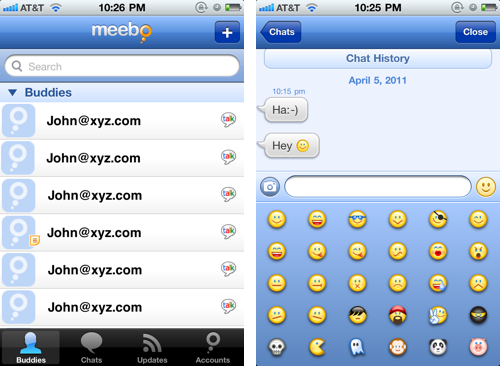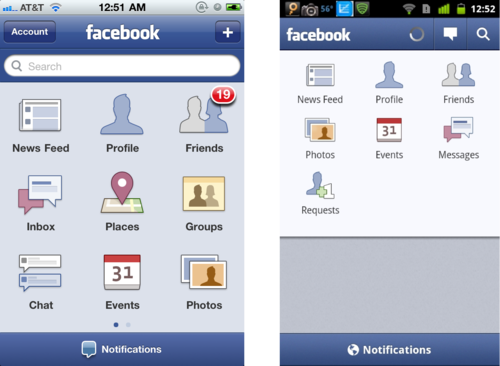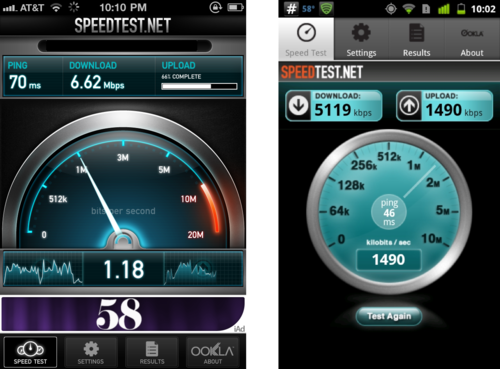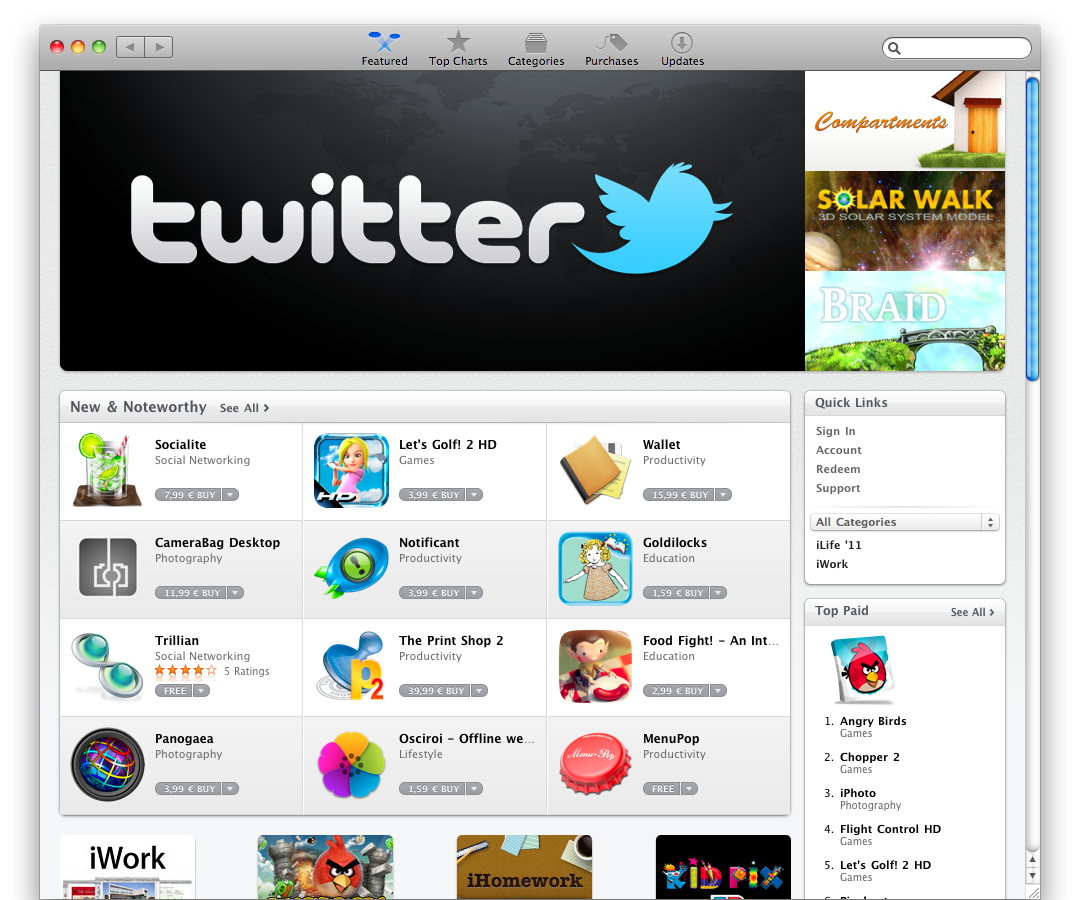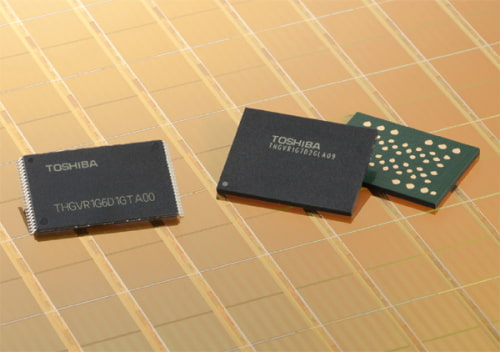
Toshiba has announced SmartNAND, its next-generation 24-nanometer (nm) NAND flash product family. The SmartNAND series integrates leading-edge 24nm process NAND flash technology with a control chip that supports error correction code (ECC) and is available in densities ranging from 4 to 64 gigabyte (GB). It could possibly be used by Apple for its next generation iPhone.
The new SmartNAND 24nm product lineup is a replacement for current 32nm generation devices. Its advanced process combined with a faster controller and internal interface achieves faster read and write speeds and enhances overall performance. Optimized to suit design objectives, SmartNAND supports a range of read and write speeds including four read modes and two write modes.
Samples of the new SmartNAND family are available in mid-April and mass production will begin in the second quarter of CY2011 (April to June). Mass production of the 64GB version doesn’t begin until Q3 2011 which is in line with recent rumors that estimate the iPhone 5 will be released this fall.
------

Three images of what is claimed to be Apple’s iPhone 5 have surfaced, supposedly sourced from a Vietnamese forum. While the authenticity of the images is anything but confirmed, they do appear to show a device that is in line with several rumors surrounding Apple’s next-generation iPhone. Most notably, we can see that the display on the device pictured is larger than the display on the iPhone 4, as highlighted by several arrows placed on the images. While the exact dimensions of the screen on the pictured device are unknown, we can clearly see that the spacing between the display and the outer edges of the phone are narrower than the spacing found on the iPhone 4. We can also see that the display has been stretched vertically, narrowing the space between the screen and the ear speaker as well as the space above and below the home button. Finally, the images show a redesigned external antenna that no longer has seams on the bottom right corner or on the top of the device next to the audio jack. This could mean that Apple found a way to reduce attenuation by moving one or two antennas back inside the case, thus eliminating the contact point that caused the highly publicized ”death grip” issues on the iPhone 4.



(They were later identified as fakes)
------
Apple could be releasing iOS 4.3.2, the next update to its mobile operating system, in the next two weeks, writes Boy Genius Report:
We’ve just been told by one of our Apple ninjas that the company is working on another iOS 4.3.x release: iOS 4.3.2.
The release will support iPhones, iPods and iPads and allegedly address security issues, squash a couple of bugs and introduce “several enhancements,” sources told the publication…
Like, perhaps, a fix to a spooky FaceTime glitch. Or, how about fixing those battery woes?
------

Smart bezel patents from Apple are old news, but this morning saw a new variant surface in the United States Patent & Trademark Office’s database. Patently Apple has dived deep into the document and discovered some blow-away details. Put simply, Apple is proposing a bezel that doubles as a secondary display built around a printed segmented electroluminescence technology:
Apple intends to use the secondary display to introduce a set of new illuminated indicators that are able morph into various controls for work and play. Illuminated gaming and productivity controls could be built into the face-side of the bezel and/or selected back-side areas of iOS devices like the iPad.
This opens up a whole new world of creative possibilities…
For starters, the bezel running around iOS gadgets could be made touch sensitive, allowing users to tap the illuminated control to access common features such as media playback and game controls. Apple also envisions backside controls for the iPad, with independently illuminated segments acting as indicators for a virtual game pad or scrolling controls. Location labels and driving directions could illuminate on the bezel when using the Maps app, for example. Patently Apple pushed the envelope and imagined a virtual home button that automatically illuminates when your hand approaches the home button area, as depicted in the below mockup.
If this patent ends up used in future iOS gadgets, expect easier, more convenient handling of everyday tasks, like bumping up the volume, pausing the audio playback and more. It’s sexy, there’s a substantial wow factor involved and it enhances the user experience in a Star Trek manner. I’m giving this one a thumbs up.










